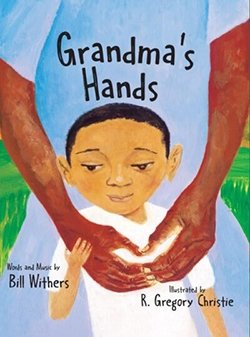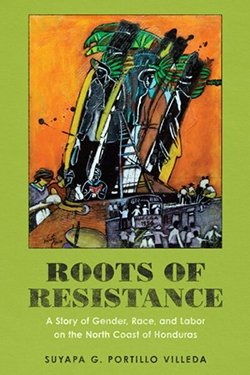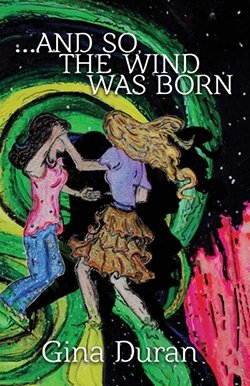Red Planet Rising
The Pitzer community’s latest offerings range from a plan for colonizing Mars to texts on childbirth, yoga, and murder most foul
October 17, 2024
A City on Mars: Can We Settle Space, Should We Settle Space, and Have We Really Thought This Through?

(Penguin Random House)
If grim predictions about climate change come true, what next? Would Mars serve as a good alternative to Earth? Is living in space all it’s cracked up to be? In this New York Times bestseller, Zach Weinersmith ’03 and Kelly Weinersmith offer a sometimes tongue-in-cheek off-world investigation of these questions. Equipped with charming cartoon illustrations and humorous anecdotes, their book fearlessly probes the ethical and scientific concerns of space settlement. Can you make babies in space? Should corporations govern space settlements? What about space war? Their book considers the possibility of lunar colonization and Mars settlements, and both are daunting options now. The authors don’t rule out life in space, but, as Kirkus Reviews points out, their timeline “is centuries rather than decades” despite the “optimism of SF writers and the current crop of adventurous billionaires.”
Break and Flow: Hip Hop Poetics in the Americas

(University of Virginia Press)
Visiting Assistant Professor of Spanish and Portuguese Charlie Hankin evokes hip hop as a means of empowerment, resistance, and creative expression for rap artists around the world. Hankin draws from song archives and ethnographic fieldwork in Cuba, Brazil, and Haiti to uncover shared Afro-diasporic poetics and transatlantic yearnings. In a recent review, UCLA Professor Adam Bradley says the book “showcases the poetic innovation and political impact of rap artists responding to colonial legacies, present-day political circumstances, and their own aesthetic imperatives.”
I Love You So Much It’s Killing Us Both

(Soft Skull Press)
Set in the suburbs of L.A. and New York City, the debut novel by Mariah Stovall ’15 is an immersive journey into the life and mind of Khaki Oliver, who’s perennially trying to disappear into codependent friendships, a relationship with an ill-advised boyfriend, the punk scene, or simply the ether.
Kirkus Reviews describes Stovall’s story as “a powerful testimony to the enduring violence of harmful relationships and the profoundly difficult task of recovery.”
Grandma’s Hands

(Freedom Three Publishing)
In 1971, Rock & Roll Hall of Fame musician Bill Withers wrote the song “Grandma’s Hands” in honor of his maternal grandmother. The heartwarming musical tribute reached No. 18 on the Best-Selling Soul Singles chart and No. 42 on the Billboard Hot 100. Fifty years later, Joel Harper ’95 and Marcia J. Withers ’74 have adapted the song as an illustrated book for children. Harper also recently scribed another children’s book, The Flute, in which a young boy has his video games taken away by his parents and discovers the power of music instead (the story includes a QR code to listen to Harper’s original flute music).
Birthing Justice: Black Women, Pregnancy, and Childbirth

(Routledge)
In the second edition of this widely taught staple, editor (with Julia Chinyere Oparah) and Professor of Sociology Alicia Bonaparte offers six new chapters on breastfeeding, Black infant health, and other aspects of childbirth in Black communities. Birthing Justice serves as a seminal text for those interested in maternal health care, reproductive justice, health equity, intersectional racial justice, and how to fix a broken maternal care system
The Neuroscience of Yoga and Meditation

(Singing Dragon)
In this “must-have” for any yogi, Brittany Fair ’11 presents a comprehensive review of scientific research on how yoga and meditation affect the brain. Fair also offers useful tools for lay readers to interpret scientific jargon as well as exploring the current limitations in studying these practices. According to an advance review by physical therapist Kaleigh Mulpeter, Fair’s book is for anyone with an interest in examining “the mind-body connection through an evidence-based, Western lens.”
Roots of Resistance: A Story of Gender, Race, and Labor on the North Coast of Honduras

(University of Texas Press)
The treatise by Associate Professor of Chicano/a-Latino/a Transnational Studies Suyapa Portillo Villeda ’96 has been hailed as a first-of-its-kind study of the working-class culture of resistance on the Honduran North Coast and the radical organizing that challenged U.S. capital and foreign intervention at the onset of the Cold War. The book looks at the intersection of gender, race, and place and received the 2021 Sara A. Whaley Prize of the National Women’s Studies Association.
Camilo Pessanha’s Macau Stories

(Macanese Publishing)
Poet Camilo Pessanha is the subject of a new biography by Christopher Chu ’04 and Maggie Hoi. Pessanha was a leading figure of Portuguese symbolism on the strength of a single published work, Clepsidra, which appeared six years before his death in 1926. “Pessanha is a relatively well-known person in Macao, but at the same time he’s not,” Chu explained. Their book aims to correct that ambiguous situation.
Devil House

(Macmillan)
From bestselling author and musician John Darnielle ’95 comes a gripping novel about murder, truth, artistic obsession, and the dangers of storytelling. Darnielle chronicles the efforts of a true crime author working on an unsolved double homicide with satanic overtones. According to Dwight Garner writing in the New York Times, the book, which is now available in paperback, is a “confident, creepy, and soulful page-turner. I had no idea where it was going in the best possible sense. … It’s never quite the book you think it is. It’s better.”
…And So the Wind Was Born

(Flowersong Press)
A book of poetry by Gina Duran ’19 delves into the themes of love, friendship, community, and the desire to heal. Duran examines the ways we struggle and fall during the healing process and how the power of the love of a single person can inspire a community to lift each other up during (and after) the experiences of trauma and hardship.